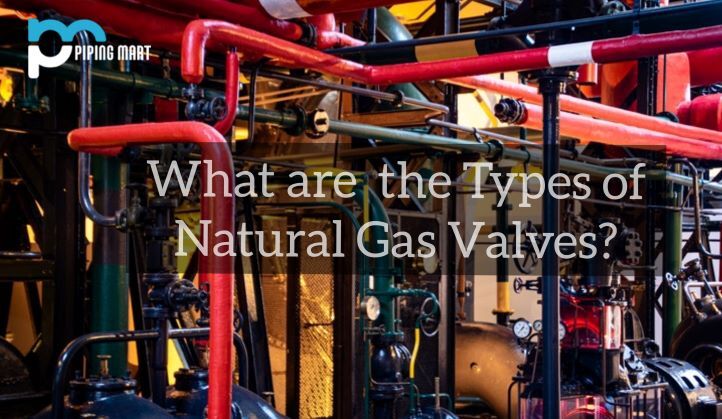What is brass?
A non-ferrous red metal, brass is mainly composed of copper and zinc. Various mechanical and electrical properties can be achieved by varying the quantities of copper and zinc. To create different brass, copper and zinc ratios are changed.
33% zinc and 67% copper make up modern brass. Zinc concentrations range from 5% to 45%, while copper ranges from 55% to 95% by weight.
Because it contains atoms of the two primary elements that can replace one another within the same crystalline structure, brass is a substitution alloy. Brass is commonly given a 2% lead addition. Lead increases brass’s ability to be machined.
Lead leaching often happens, even in brass with a relatively low overall lead level. Brass is used for making various products, including musical instruments, firearm cartridge cases, radiators, architectural trim, pipes and tubes, screws, and ornaments.
History of Brass
Around 500 BC, brass was first utilized in China. Only 5% to 15% of the zinc in the recovered brass artifacts indicates that they were constructed from “natural alloys” and may have been created accidentally.
A copper mine rich in zinc was most likely used to melt these metals, producing an unintended brass-like metal. However, it is known that some artifacts were created using the golden color associated with brass.
Additional copper-zinc alloys started to arise in the Middle East and Asia around the third century BC. Brass from this era has been found in the United Arab Emirates, West India, Uzbekistan, Iran, Syria, and Iraq. Due to trade with the Middle East, brass was utilized worldwide, from Britain and Spain to India.
Archaeologists have discovered proof that the Greeks and Romans created brass alloys in the first century BC. The Romans created calamine brass using cementation, which included heating copper and calamine, a mineral rich in zinc, and copper to create a brass alloy. The Romans used brass to make coins and other goods.
Turkey soon started minting its own coins after following the Romans’ lead in the fabrication of metals. Northern Europe and the Roman Empire both saw the spread of brass. Before silver and gold were made available in North and South America, brass was regarded as a precious metal and was used in churches and tombs for decorative purposes.
Brass initially arrived in India in the first century BC. Indian brass was produced by sheltering rather than cementation, in contrast to Roman calamine brass. Sheltering enables brass producers to alter the zinc concentration and, consequently, the properties of the brass.
After the Industrial Revolution, brass was used for various purposes. American military uniforms with brass buttons became increasingly popular, and there was a rise in demand for brass clockwork and lamps.
The Manufacturing Process of Brass
- Melting
In the first step, a 1,050 °C electric furnace is used to melt the copper alloy. The needed amount of zinc is added to the copper alloy after the copper has been melted. To account for zinc evaporation during the melting process, a minimal amount of additional zinc is occasionally added to the copper alloy. Once inside the cuboidal framework, the molten metal is then allowed to cool and form into slabs.
- Hot Rolling
Afterward, a furnace is used to heat the cakes to the required temperature. The thickness of the brass is then decreased by passing these hotcakes over a steel roller on the opposite side. During this process, the width of the brass is also increased.
After being cold, the brass is put through a scalper, which is a milling machine. The outer coating of the brass, which is made up of oxides formed when the metal is exposed to air, is also removed by this machine.
- Cold rolling and annealing
When brass is hot rolled, working with it becomes more challenging. Additionally, it becomes less flexible or able to stretch. Before being further rolled, the brass must first be heated to reduce some of its hardness and make it more flexible. The word for this procedure is annealing. Annealing temperatures and times depend on the brass’s makeup and the attributes that must be present.
A batch of larger hot-rolled brass pieces can be annealed in a sealed furnace together. A metal belt conveyor can constantly feed smaller things through a furnace with airtight sealing on both ends.
To prevent the brass from reacting with oxygen and generating unfavorable oxides on the surface during either process, the furnace is filled with a neutral gas, such as nitrogen.
The annealed brass pieces are run through a second roller to thin them out to around 0.1 inches (2.5 mm). This process is known as “cold rolling” because the temperature of the brass is substantially lower than it is during hot rolling. Brass’ internal structure or grain is deformed during cold rolling, which increases the metal’s strength and hardness.
When the thickness decreases, the material becomes more robust and resilient. Cold-rolling mills are made to minimize deflection along the width of the rollers for brass sheets of consistent thickness. In other facilities, the brass is welded into a single, continuous sheet and sent through a vertical zigzag pattern of rolling mills and annealing furnaces.
- Finish Rolling
Final cold rolling of the sheets results in tighter tolerances and a faultless surface finish for the brass. Then, based on the requirements, these sheets are cut to the required size.
Uses of Brass
Because of its innate toughness and resistance to corrosion, brass is a popular alloy for use in architecture. Hedgerows and architectural fascia trim are regularly used. Additionally, certain brass alloys have been used all over the world to help with the renovation or restoration of historical buildings.
Brass is widely used in mechanical components because it offers minimal friction when metal-on-metal contact is required. Brass gears, locomotive axle boxes, marine engines, etc., are all often used machines. Brass hand tools (hammers, flat knives, etc.) are incredibly durable and highly prized.
Two of your home’s most basic plumbing and electrical systems typically use brass as a component. Brass alloys are used to make several electrical sockets and switch parts. In the plumbing industry, brass is frequently used for pipe fittings, including elbows, plugs, couplings, and valves.
Numerous musical instruments have historically been made from brass. In all the world, brass is used to make trumpets, French horns, trombones, and tubas. The interior parts of instruments like electric guitars and violins will be brass.
Conclusion
A range of copper-zinc alloys, including lead, may also be present, making up brass. There are several features of brass, but they are all strong, machinable, resilient, conductive, and corrosion-resistant. Due to its beauty and simplicity of manufacture, brass is one of the most commonly used alloys.

Pipingmart is B2B portal specializes in industrial, metal and piping products. Also, share latest information and news related to products, materials and different types grades to help business dealing in this industry.




